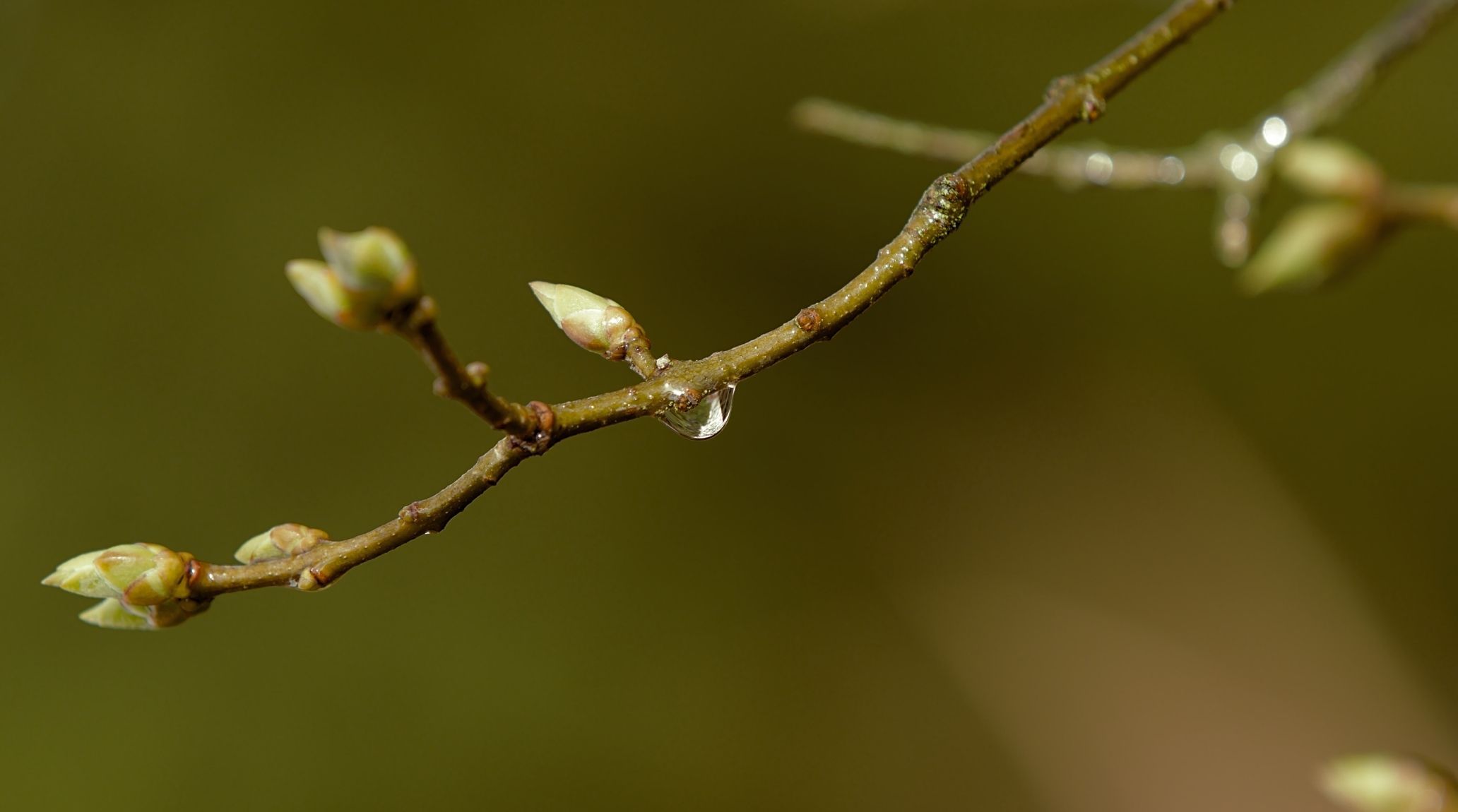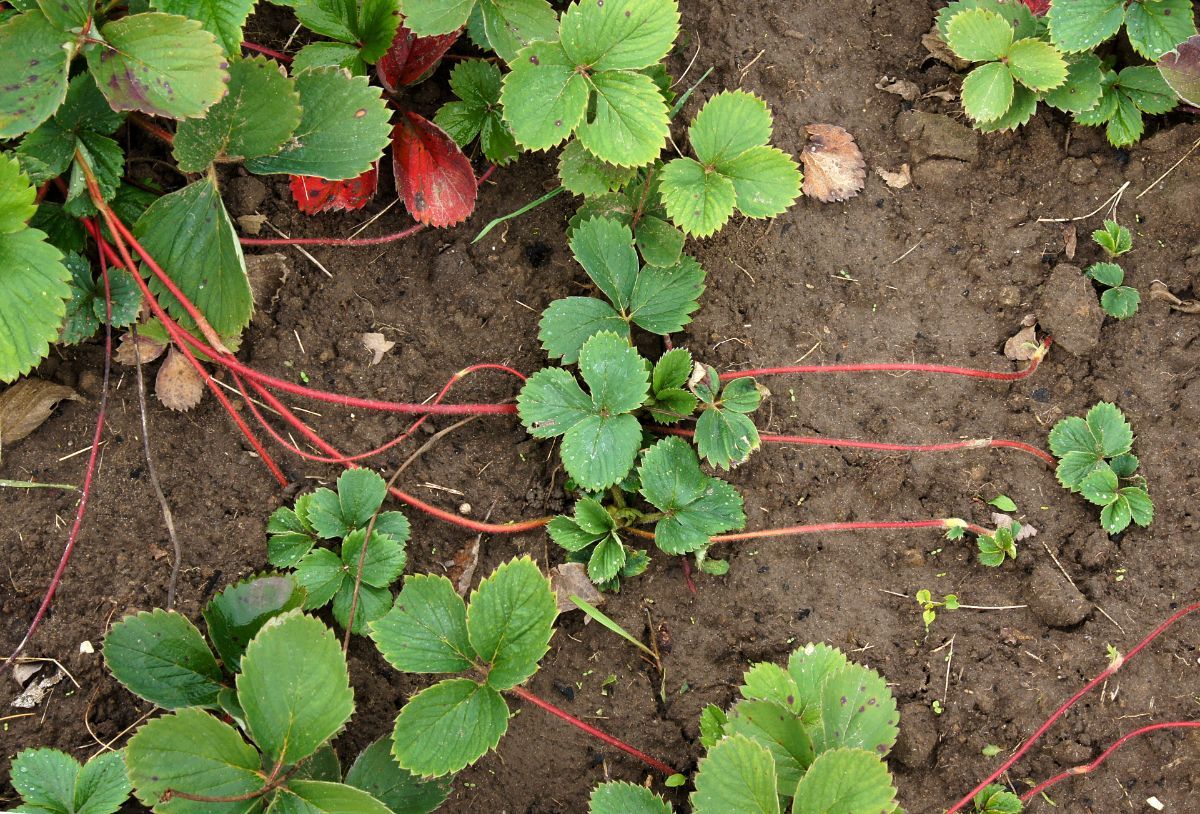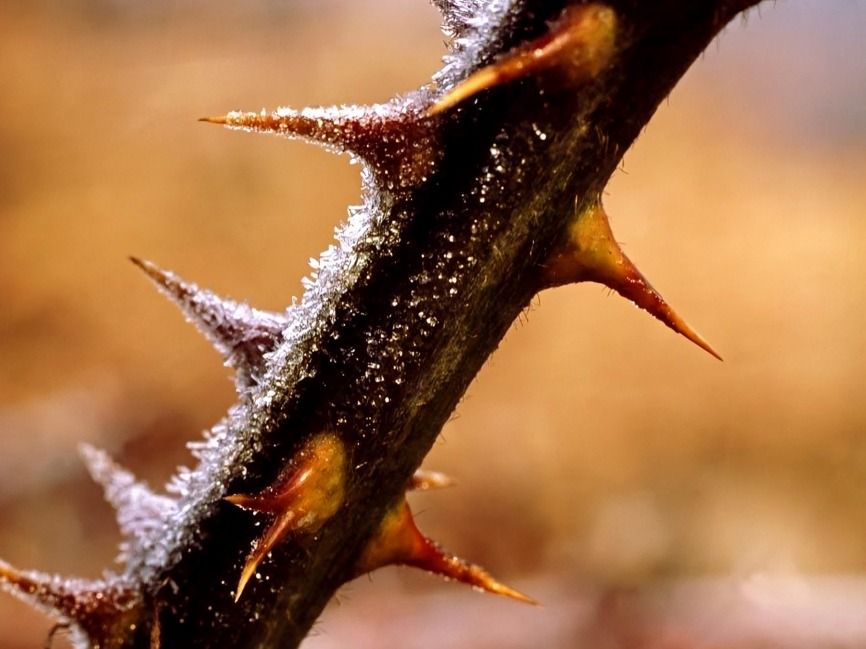
“
Plant stems are among the most vital and versatile structures in the botanical world. From providing structural support to facilitating nutrient transport, they play a crucial role in the survival and growth of plants. Beyond their biological functions, plant stems exhibit incredible diversity and adaptations, adapting to various environments and serving as a foundation for numerous ecosystems. In this article, we delve into 20 interesting facts about plant stems, exploring their anatomy, adaptations, and ecological significance. Join us on a journey through the intriguing world of these essential plant structures.1
1
”
Plant stems provide crucial structural support, keeping plants upright and allowing them to reach for sunlight and maximize photosynthesis. They also serve as conduits for transporting water, nutrients, and minerals from roots to leaves. 1
Indeed, Pando, a remarkable clonal forest of quaking aspen (Populus tremuloides), holds the title of the world’s most massive plant. It consists of approximately 47,000 individual stems, all connected by a single underground root system. 2
Bamboo, characterized by its woody, ringed stems called culms. These culms are typically hollow between the rings (nodes) and emerge in branching clusters from a thick rhizome (underground stem). The height of bamboo culms can reach 40 meters. 3
Plants exhibit a range of modified stems that serve various purposes. Potatoes, for instance, are swollen underground stems called tubers, packed with nutrients for new plant growth. 4
The climbing rattan palms in the genus Calamus hold the record for the longest above-ground stems. These stems have been measured at approximately 172 meters (564 feet). 5

Did you know? Horizontal stems are also produced by some plants, like strawberries, produce runners—that develop roots and new plants at nodes, facilitating clonal propagation. Stems play a critical role in plant reproduction.
Human innovation has long used plant stems for grafting, combining desirable traits from different plants to improve crop productivity and disease resistance.6
Quinine was first isolated in 1820 from the bark of the cinchona (quina-quina) tree, native to Peru. It marked the first successful use of a chemical compound to treat an infectious disease Malaria. 7
Stems influence local ecosystems by providing habitats for insects, birds, and small mammals. They contribute to biodiversity by creating niches for specialized species, such as epiphytic plants that grow on tree stems in rainforests.8
The stem bark of Azanza garckeana is used in tropical Africa for its diverse medicinal properties. It contains compounds like alkaloids, flavonoids, and tannins. 9
Stems are integral to propagation methods in horticulture and agriculture. Through stem cuttings, gardeners can clone plants and preserve desirable traits, ensuring consistent crop quality and genetic diversity in ornamental and food-producing species. 10
Stems in climbing plants, like ivy and morning glories, exhibit specialized adaptations for climbing. Twining stems spiral around support structures, while tendrils grasp onto surfaces, enabling these plants to access sunlight and outcompete neighbours. 11
The Centurion, a remarkable mountain ash tree (Eucalyptus regnans), holds the title of the world’s largest individual tree. Standing at an impressive height of 330 feet, this majestic tree resides in Tasmania, Australia. 12
Tree rings reveal growth patterns and provide insights into past climates. Dendrochronology, the study of tree rings, helps scientists reconstruct historical climate data and understand long-term trends. 13

Some plants have evolved defensive structures like thorns or chemical deterrents on their stems to deter herbivores and protect their foliage, highlighting the evolutionary arms race between plants and herbivores.
Some stems, particularly in succulents like cacti and euphorbias, perform photosynthesis. Their thick, fleshy stems store water and produce sugars, reducing reliance on leaves and enhancing survival in arid environments where water availability fluctuates. 14
Stems play a crucial role in maintaining genetic diversity within plant populations. Cross-pollination facilitated by insect visitors ensures genetic exchange between individuals, enhancing resilience to environmental changes and pathogens. 15
In the 20th century, rubber trees replaced other plants as the main source of rubber. Rubber trees provide higher-quality latex and greater yields, making them essential for various products like tires, shoes, and medical equipment. 16
In adverse conditions, some stems enter dormancy—a state of reduced metabolic activity—to conserve energy and survive unfavourable temperatures or moisture levels.17
Studying plant stems provides valuable insights into plant biology, ecology, and evolution. Botanists and educators use stem anatomy and physiology to teach students about plant diversity, adaptation, and the interconnectedness of living organisms in ecosystems.18


